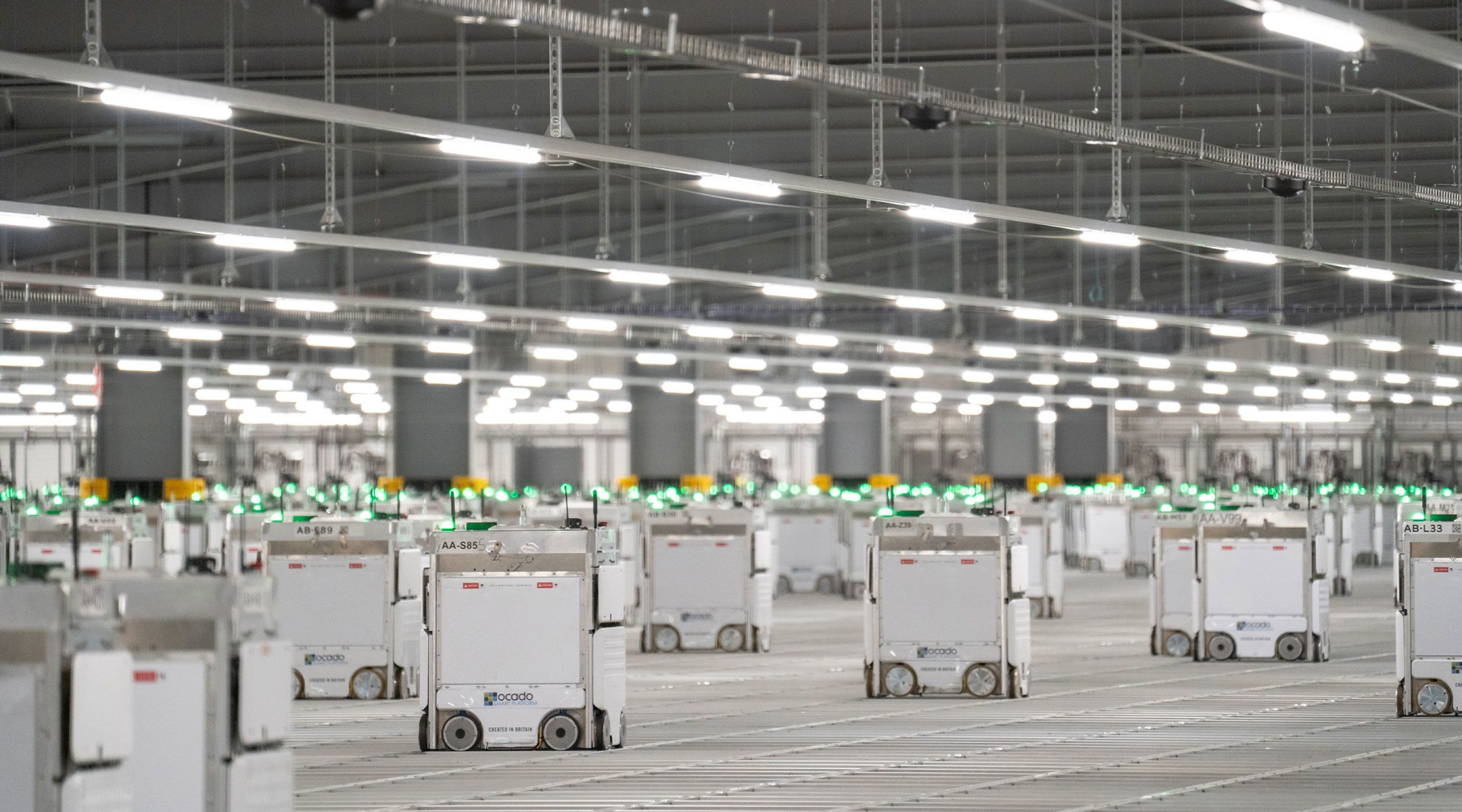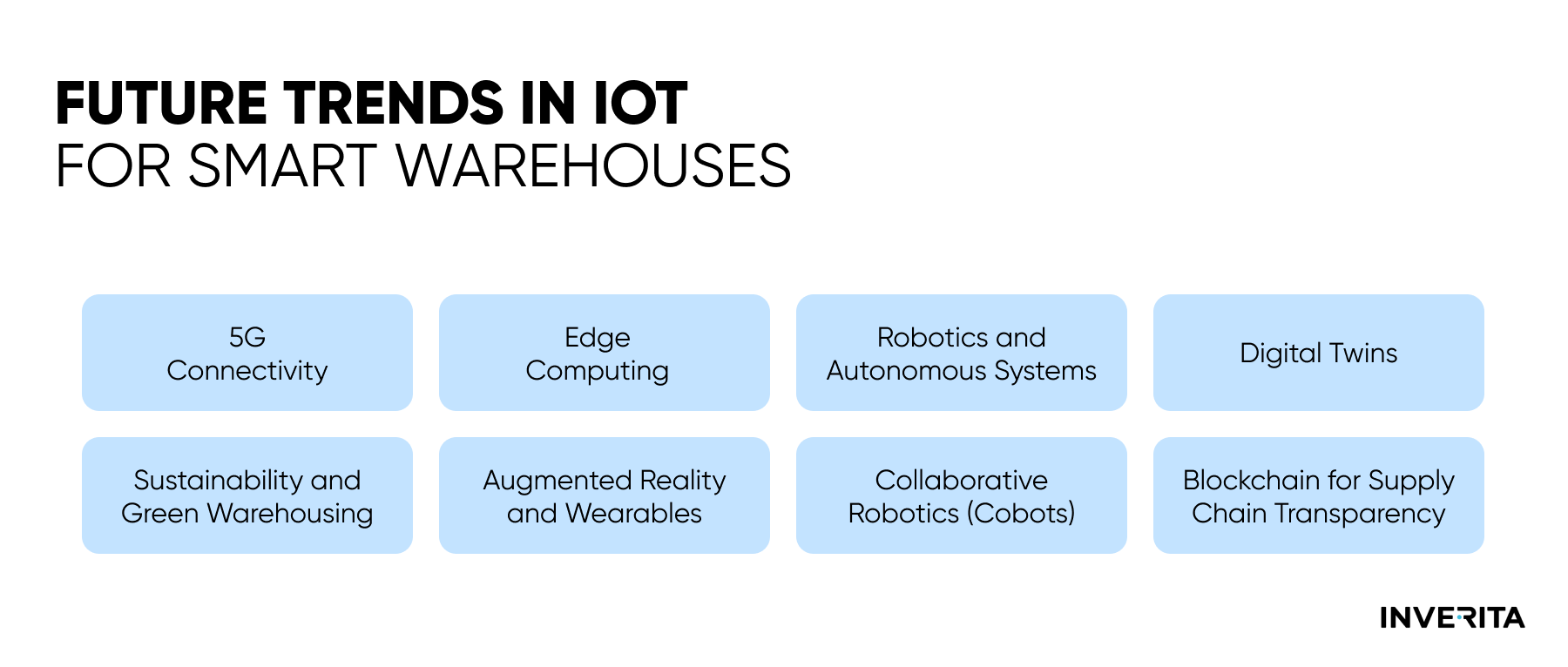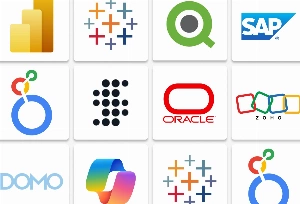Challenges and Considerations in Implementing IoT in Warehouses
Implementing IoT in warehouses offers significant benefits like improved efficiency, real-time monitoring, and cost savings. However, it also comes with various challenges and considerations:
1. Cost of Implementation
The initial cost of deploying IoT sensor networks, devices, and infrastructure can be substantial. This includes the cost of hardware, software, network connectivity, and maintenance.
We recommend conducting a detailed return on investment analysis to justify the upfront costs. Consider long-term benefits like reduced labor costs, improved efficiency, and decreased operational errors to make a compelling financial case.
2. Integration with Legacy Systems
Many warehouses have legacy systems and equipment that may not be IoT-ready. Integrating IoT technology with existing systems can be complex and may require additional investment.
You can use APIs and middleware solutions to bridge the gap between IoT devices and legacy systems. These technologies facilitate data exchange and integration.
3. Data Security
IoT devices generate vast amounts of data, including sensitive information about inventory, shipments, and operations. Protecting this data from cyber threats and ensuring compliance with data privacy regulations is a significant concern.
Implement robust data encryption and authentication mechanisms to protect IoT data from unauthorized access. Use secure communication protocols like TLS/SSL, conduct regular level of security audits and vulnerability assessments to identify and address potential weaknesses in IoT systems.
4. Scalability
Warehouses often need to scale their IoT deployments as they grow. Ensuring that the IoT infrastructure can easily expand to accommodate increased data volumes and devices is crucial.
Consider cloud-based IoT platforms that can scale resources on-demand, eliminating the need for extensive on-premises infrastructure upgrades.
5. Maintenance and Updates
Regular maintenance and software updates are essential to keep IoT devices and systems functioning optimally. This can be labor-intensive and require downtime for updates.
You can implement remote monitoring solutions that allow you to track the health and performance of IoT devices in real time. This enables proactive maintenance and reduces the need for physical inspections.
Best Practices for Successful IoT Implementation in Warehouses
Successful IoT for warehouse management requires careful planning and adherence to best practices to maximize the benefits and minimize challenges. Here are some best practices:












_1764586939-small.webp)
